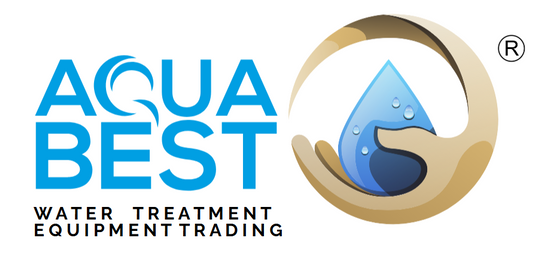Brackish Water Treatment Plant
Description
Introduction
Brackish Water Treatment Plant Water scarcity is a significant global challenge, and as freshwater resources become increasingly scarce, alternative water sources such as brackish water are being explored. Brackish water is a mix of freshwater and seawater with salinity levels higher than freshwater sources but lower than seawater. To harness this untapped resource, brackish water treatment plants play a vital role in purifying and making it suitable for various applications. This article explores the functioning of brackish water treatment plants, their importance in water management, and the technologies involved.
Understanding Brackish Water
Brackish water is found in estuaries, coastal aquifers, and underground water sources. It contains dissolved salts and minerals, making it unfit for direct use. However, with proper treatment, brackish water can be transformed into a valuable resource for drinking, irrigation, and industrial purposes.
The Need for Brackish Water Treatment Plants
Addressing Water Scarcity
Brackish water treatment plants play a crucial role in addressing water scarcity, particularly in regions where freshwater supplies are limited. By tapping into brackish water sources and treating them effectively, these plants provide an additional source of freshwater, reducing the burden on traditional freshwater sources.
Promoting Environmental Sustainability
Brackish water treatment plants promote environmental sustainability by reducing the dependency on freshwater ecosystems. By utilizing brackish water, these plants help preserve freshwater resources and protect fragile ecosystems that depend on them.
Brackish Water Treatment Process
The treatment process employed in brackish water treatment plants typically involves a combination of advanced technologies such as reverse osmosis (RO) and desalination. Here is an overview of the treatment process:
- Pre-Treatment: Brackish water undergoes pre-treatment to remove suspended particles, sediments, and larger impurities. This step typically involves processes like sedimentation, filtration, and coagulation.
- Reverse Osmosis: Reverse osmosis is a key process used in brackish water treatment. It involves the use of a semi-permeable membrane to separate dissolved salts, minerals, and impurities from the water. The high-pressure applied to the brackish water forces it through the membrane, leaving behind concentrated brine while producing purified water.
- Post-Treatment: After reverse osmosis, the purified water may undergo post-treatment processes to ensure it meets specific quality standards. These processes may include disinfection, pH adjustment, and remineralization.
- Brine Disposal: The concentrated brine left behind during the reverse osmosis process requires proper disposal. Brine disposal methods aim to minimize its environmental impact, such as by utilizing deep-well injection or evaporation ponds.
Applications of Brackish Water
The purified brackish water from these treatment plants can be utilized in various applications:
- Drinking Water: Brackish water treatment plants provide a source of potable water for communities in regions where freshwater sources are limited.
- Irrigation: Purified brackish water is suitable for agricultural irrigation, enabling farmers to sustain their crops even in water-scarce areas.
- Industrial Use: Industries can utilize treated brackish water for processes such as cooling towers, manufacturing, and equipment cleaning.
Conclusion
Brackish water treatment plants play a vital role in addressing water scarcity and promoting environmental sustainability. By harnessing advanced technologies like reverse osmosis and desalination, these plants transform brackish water into a valuable resource for various applications. With their ability to tap into alternative water sources, brackish water treatment plants contribute to a more sustainable and resilient water future.
In this article, we explored the functioning of brackish water treatment plants, their significance in addressing water scarcity, and the technologies involved in the treatment process. By providing access to alternative water sources, these plants contribute to environmental sustainability and support communities in water-scarce regions.





